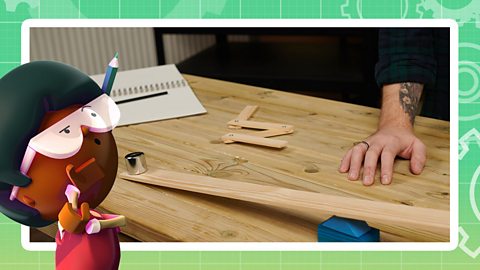What is a hinge mechanism?
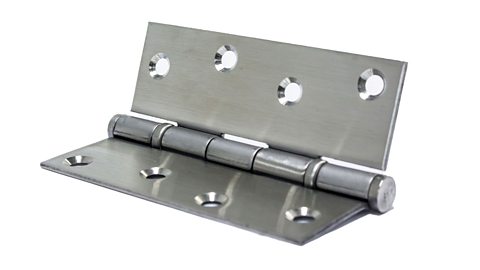
A hinge is a simple mechanismA set of moving parts that work together to make something happen. that allows movement between two linked objects.
Hinges let one object, such as a door or the lid of a box, swing open and closed while they are fastened to another object.

Video: What is a hinge?
Find out all about hinges and how they can be used.
Your robot has lost their arm! Oh no!
Maybe you could make something that would help…
The robot’s arm moves in the same way as a human’s arm.
Yes, that’s interesting…
The shoulder can move all the way around in a circle. It’s a ball joint.
And the elbow is quite different. It just opens… and closes. It’s a hinge joint.
Oh! You’ve had an idea.
You could use a hinge? Well, it will move in the right way…
Sometimes people need replacement body parts too.
Like false teeth… or artificial knees - even arms and legs.
These replacement body parts have to be made very carefully so that they fit to the person’s body comfortably, and move in just the right way - but they can be based on simple mechanisms, like a hinge!
Someone who designs and develops them is called a ‘biomechanical engineer’.
You’ve made a replacement arm! And it moves when the wire pulls it…
That’s clever! It works a bit like a muscle in the body.
Well, your robot looks more comfortable now. You can start looking for its old arm. Where could it have gone?
Parts of a hinge
A hinge has two plates called ‘leaves’ made of metal or another sturdy material.
These leaves are joined in the middle by a pin that runs through the curved ends known as the knuckles.

The pin joins the knuckles together in a line and it acts as the pivot point (a point around which something turns). This lets the two leaves open and close smoothly.
Hinge types
Hinges come in many shapes and sizes depending on their use.
Take a look at all these different hinges in the slideshow below.
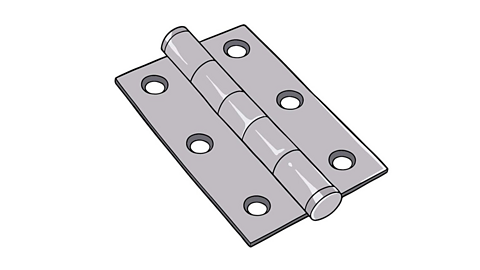
Image caption, A butt hinge
A butt hinge is common type of hinge that is often used on doors and windows.

Image caption, A flag hinge
Flag hinges have the pin permanently attached to one leaf, so that they are easier to take apart. These are usually found on removable doors and lids.
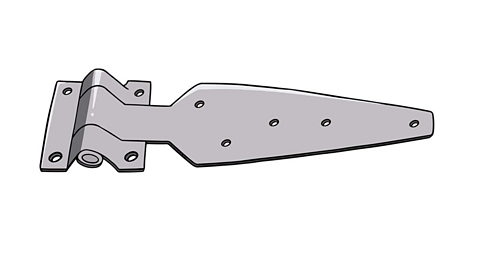
Image caption, A heavy duty hinge
Heavy duty hinges have a large leaf. It adds strength to a joint across heavy structures, such as large gates.
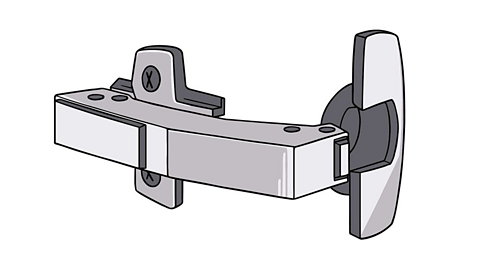
Image caption, A concealed hinge
Concealed hinges are used in furniture like kitchen cupboards and wardrobes. These hinges have more than one pivot point to allow smooth opening and shutting.
1 of 4
The history of hinges
People have been using hinges for thousands of years to make doors, gates, and chests.
Have a look at some of these ancient examples of hinges.

Image caption, The very first hinges were made around 7,000 years ago in the Middle East. Historians know that the Lion Gate in Hattusa once had giant wooden doors that swung on hinges.
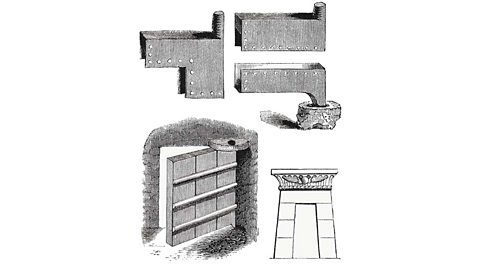
Image caption, The ancient Egyptians used simple wooden hinges made from tree branches to create doors for their homes.

Image caption, In medieval times, blacksmiths made strong iron hinges for castle gates and drawbridges. These hinges were big and heavy, to support the weight of doors needed to keep people safe.
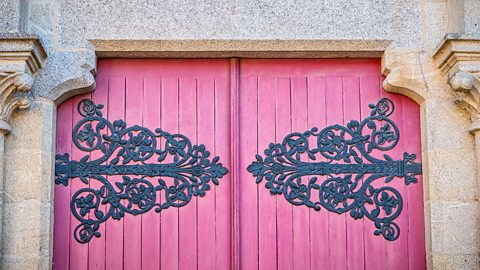
Image caption, During the medieval period, people started making more decorative hinges with detailed designs for use on furniture, doors, and cabinets.
1 of 4
Key words
| Hinge | A simple mechanism that allows movement between two linked objects. |
| Mechanism | A set of moving parts that work together to make something happen. |
| Pivot point | The point around which something can turn or rotate. |
Quiz
Take this quiz to find out what you know about some different types of hinges.
SATs preparation resources. activitySATs preparation resources
Get ready for the SATs papers with videos, activities, quizzes and games to refresh your knowledge and practise your skills.

More on Mechanical systems
Find out more by working through a topic
- count3 of 5

- count4 of 5

- count5 of 5

- count1 of 5
